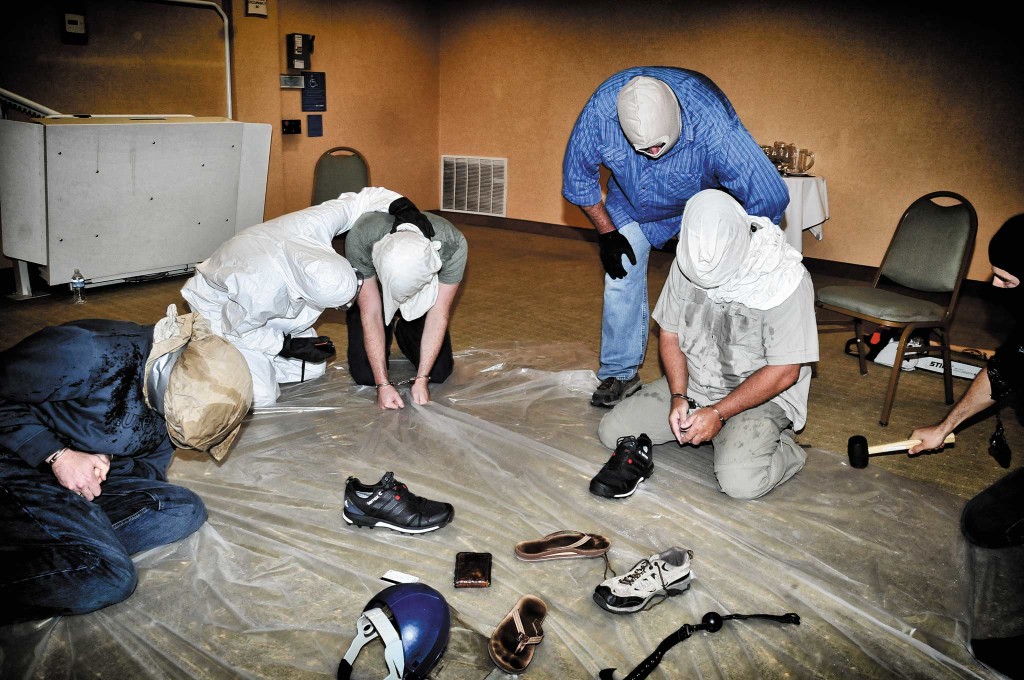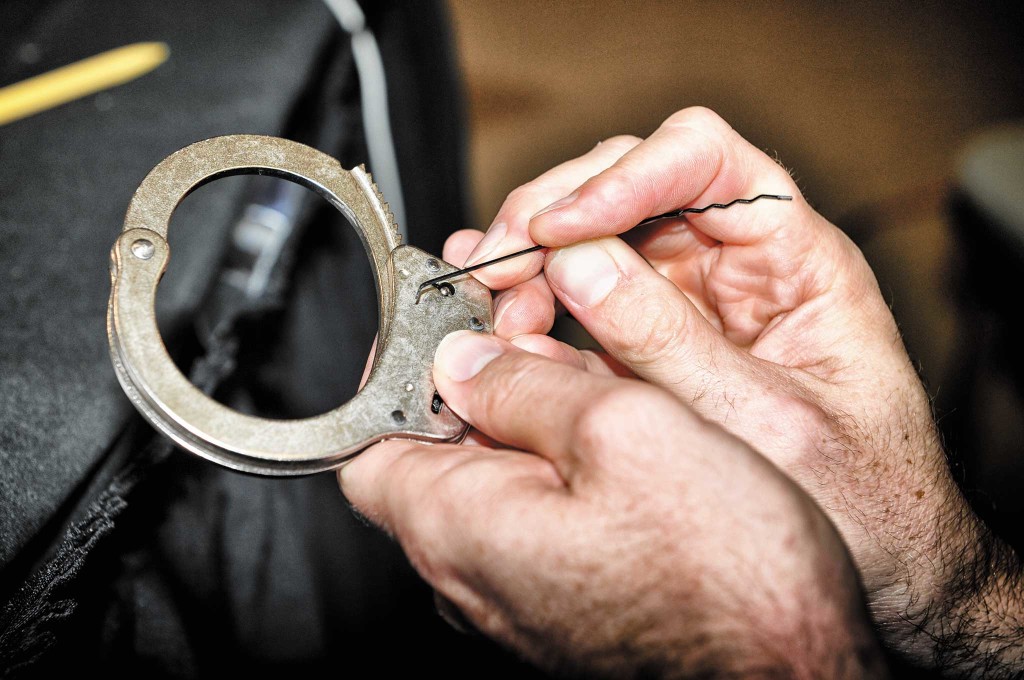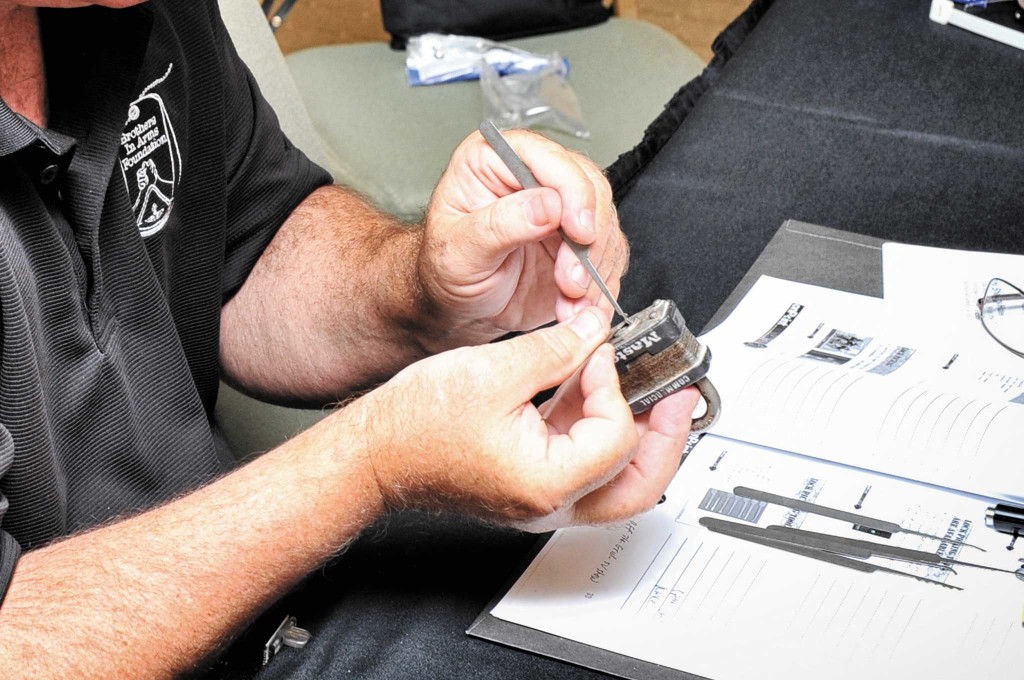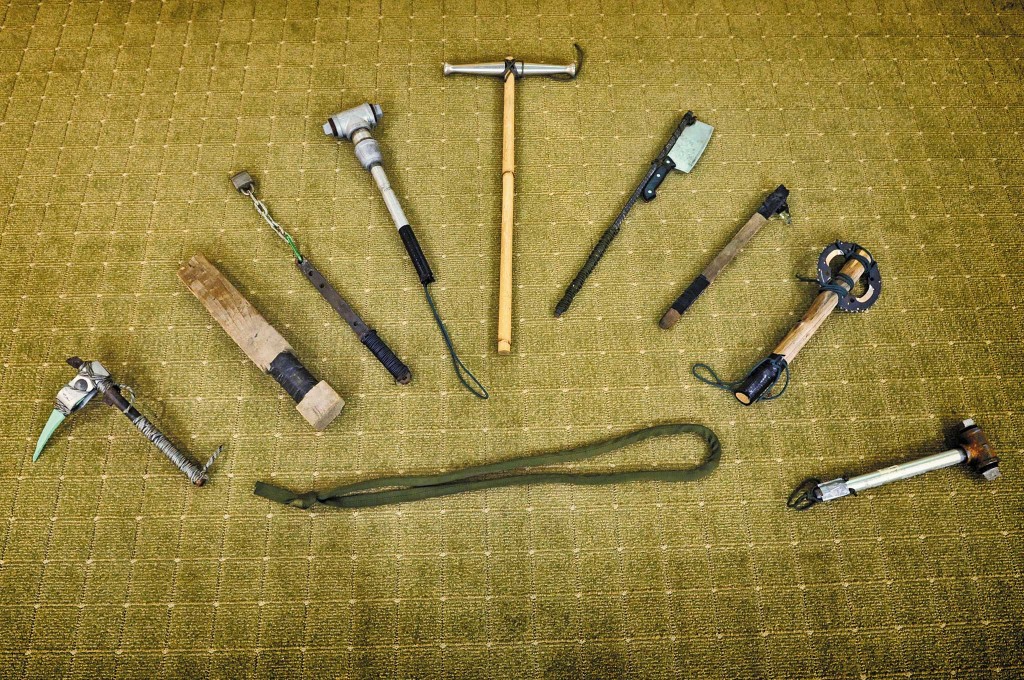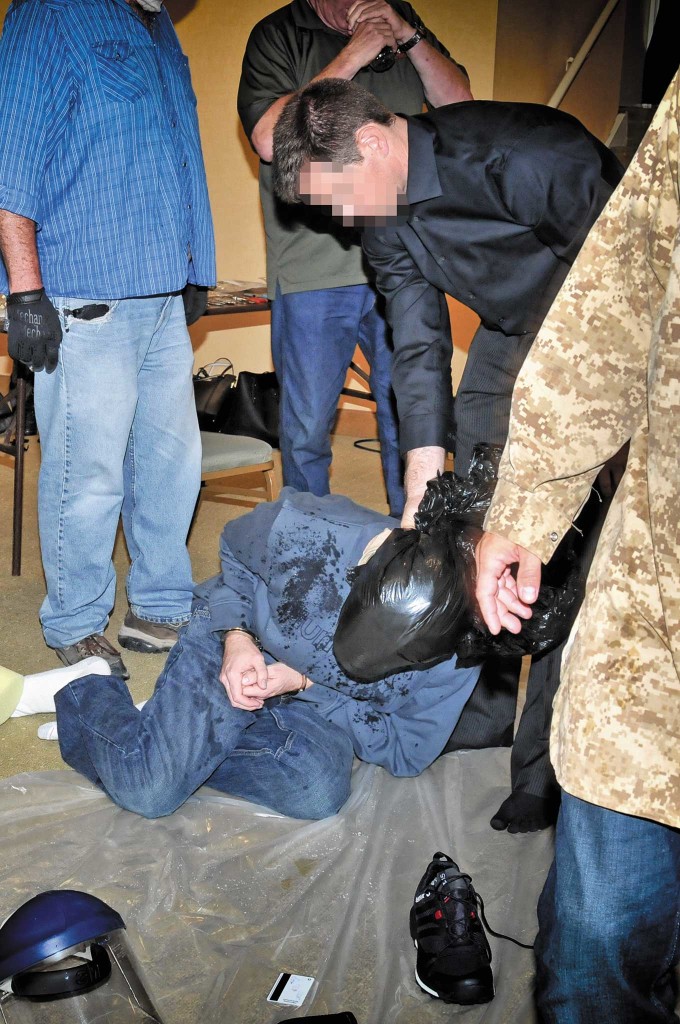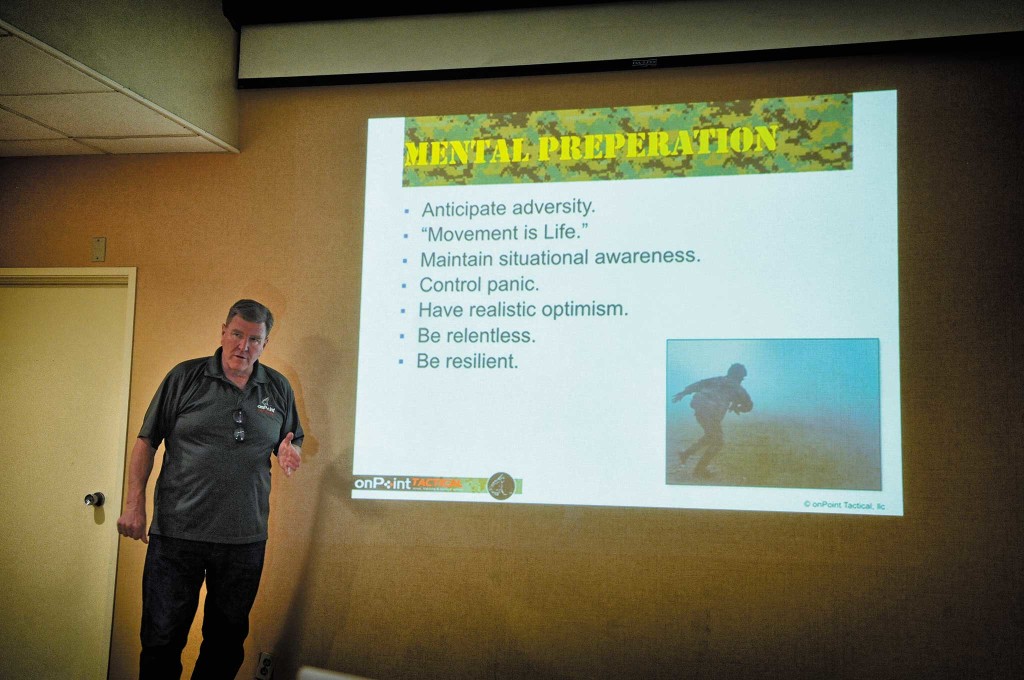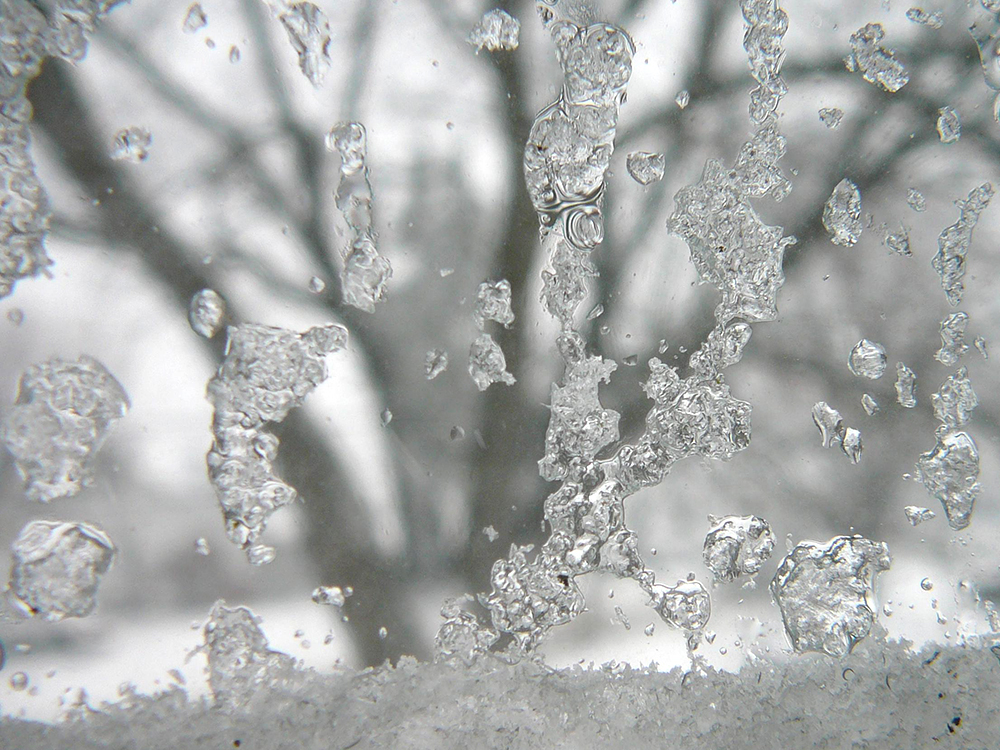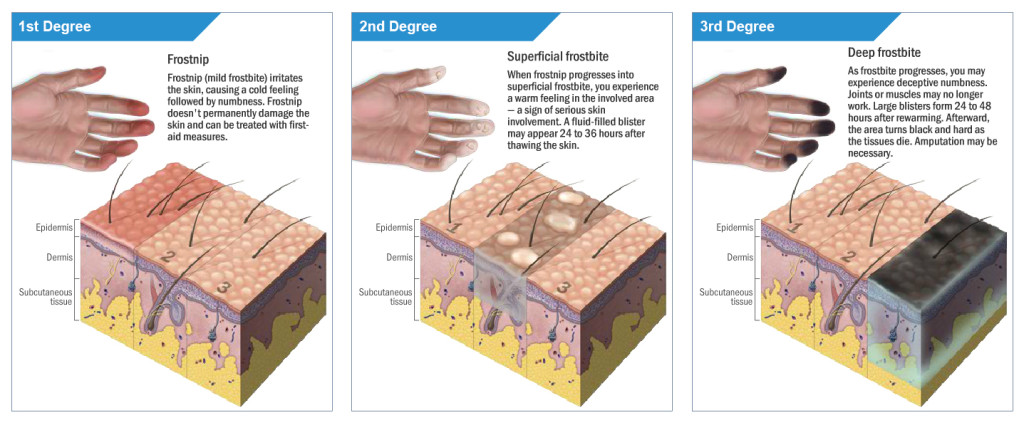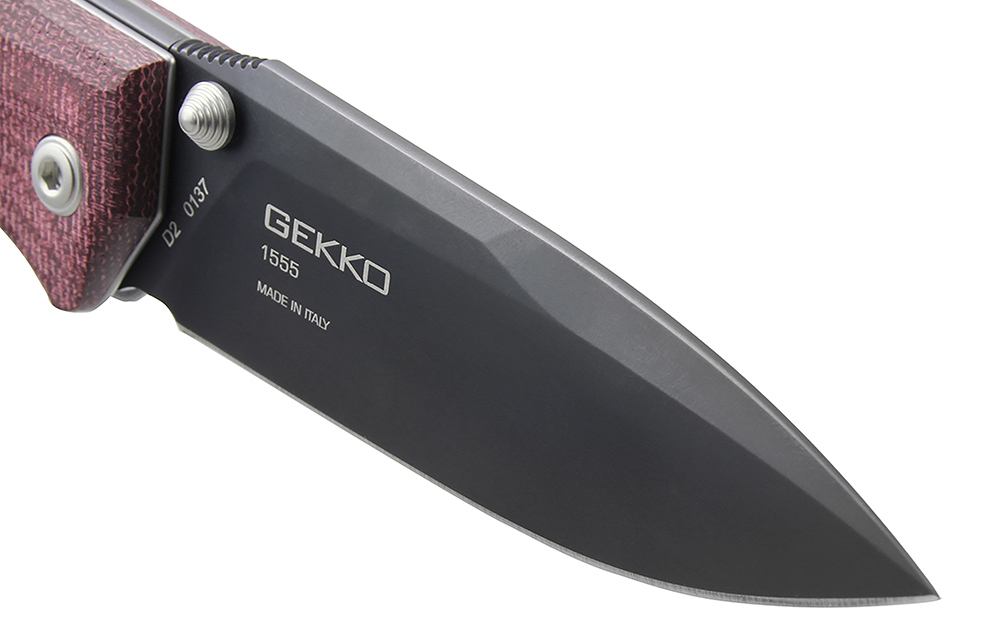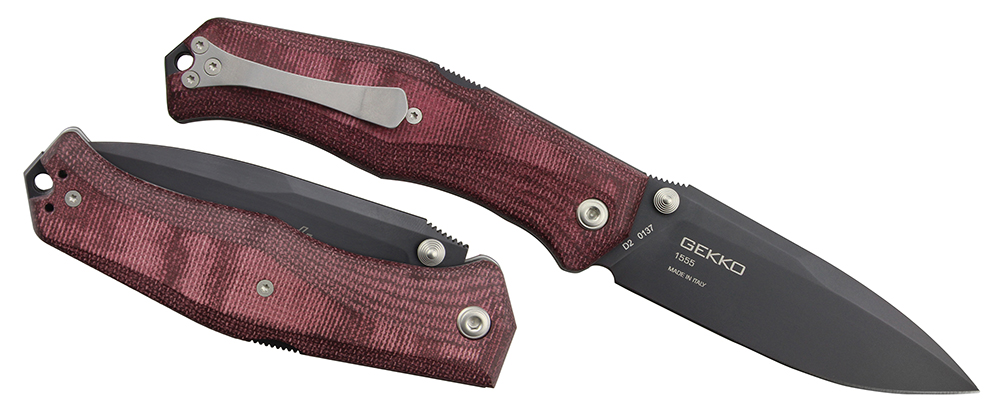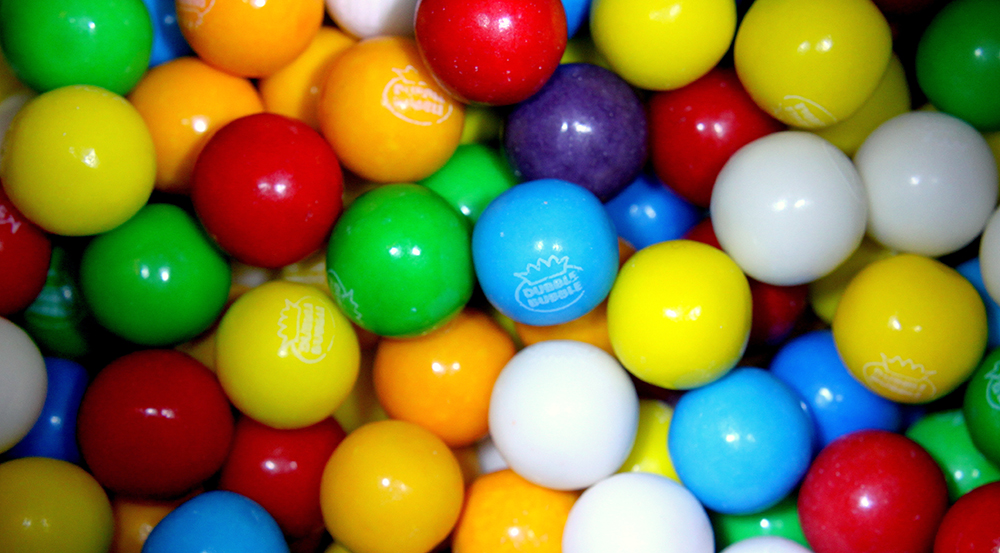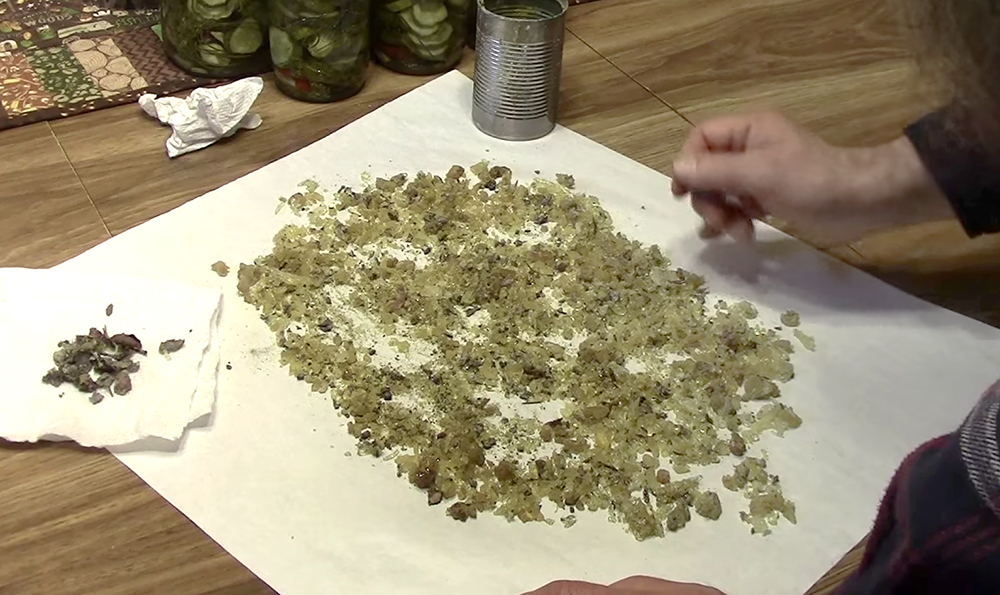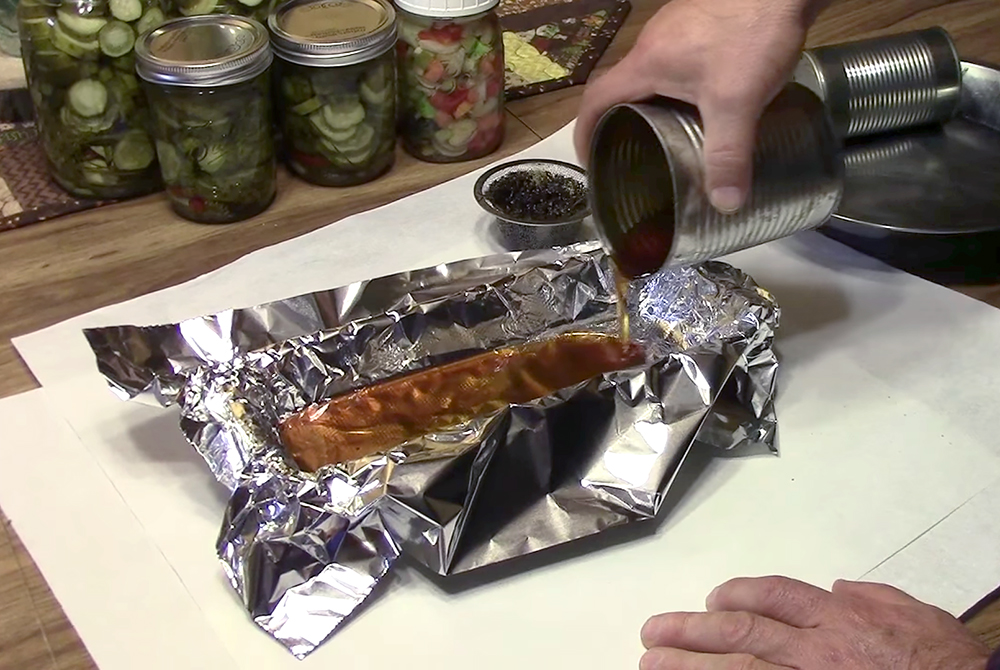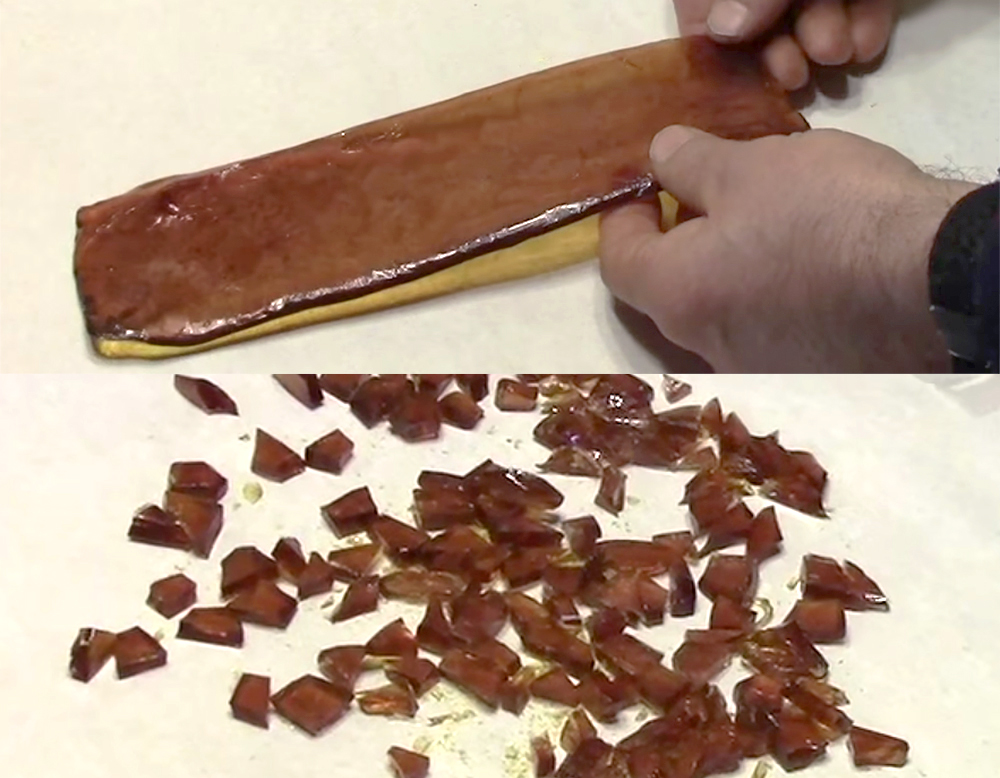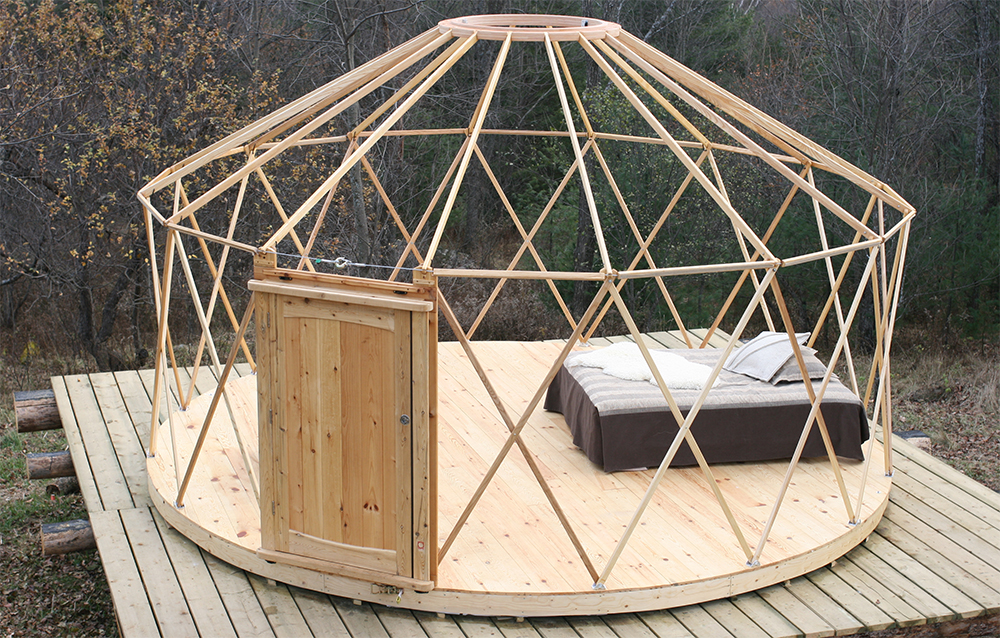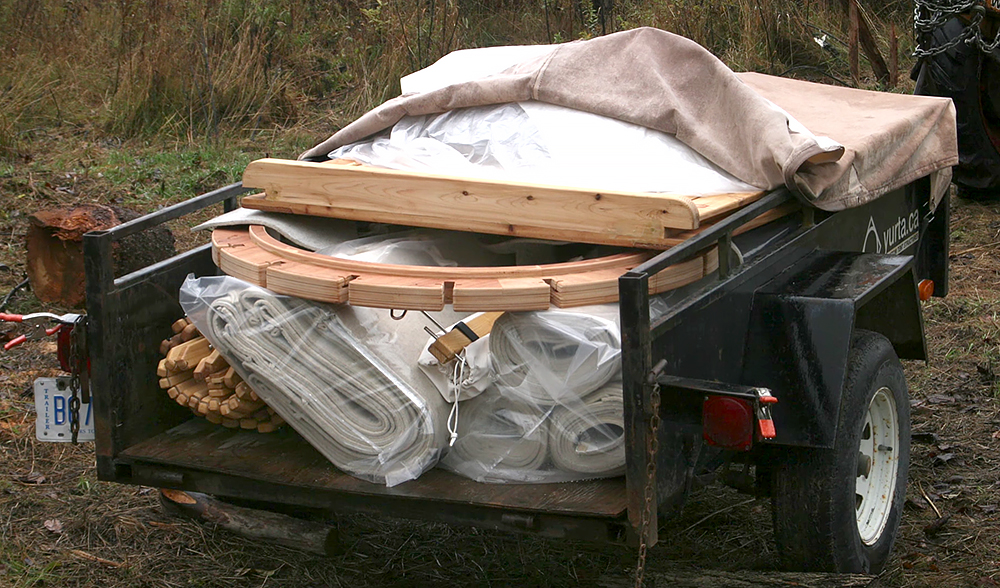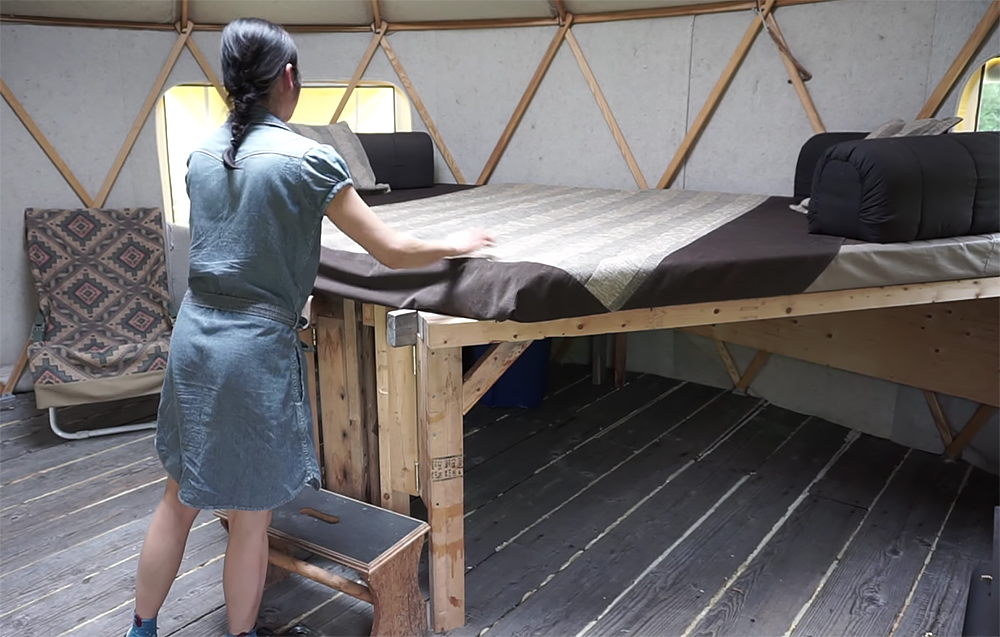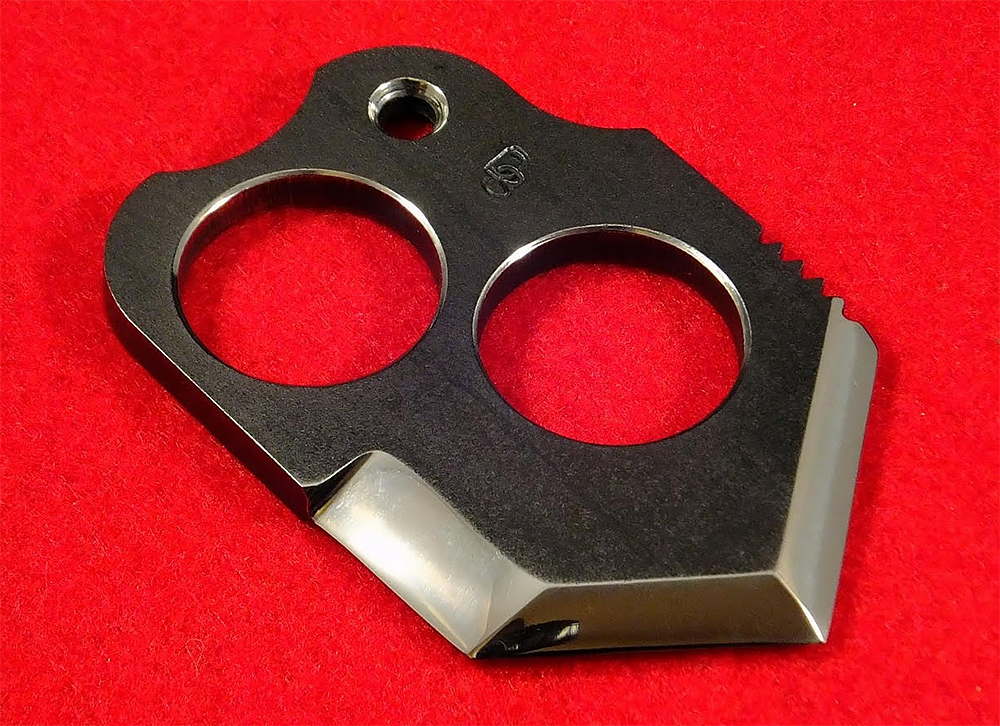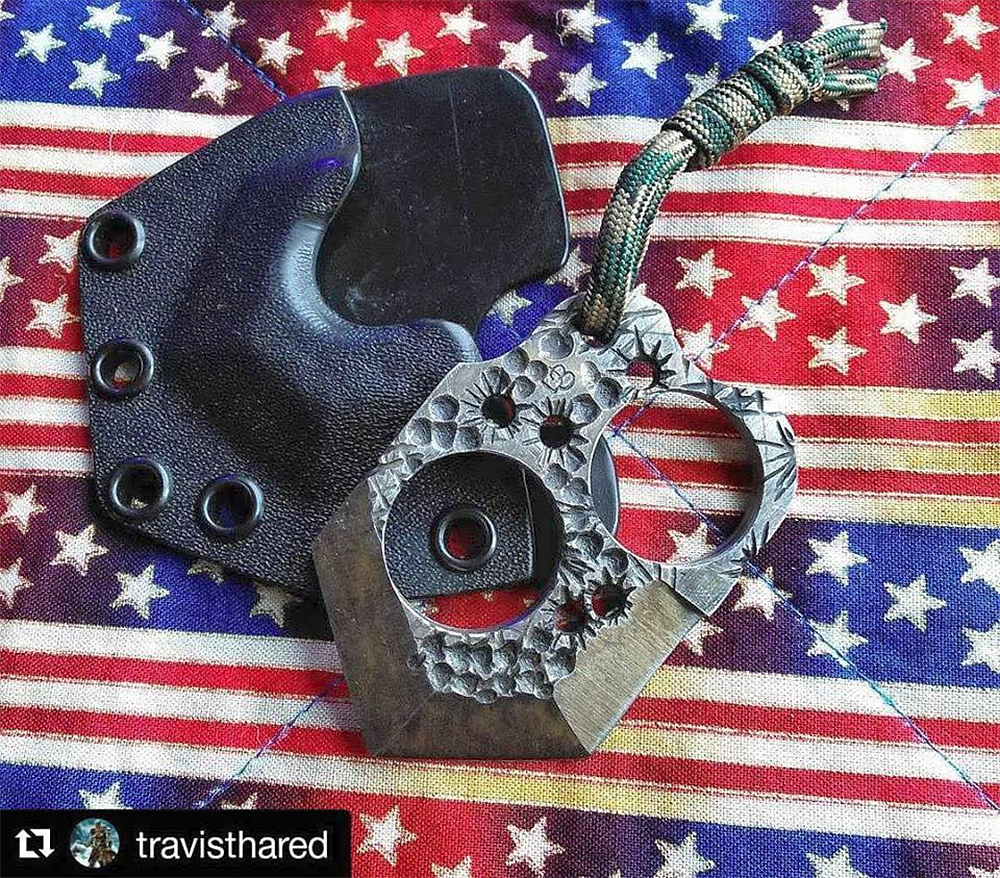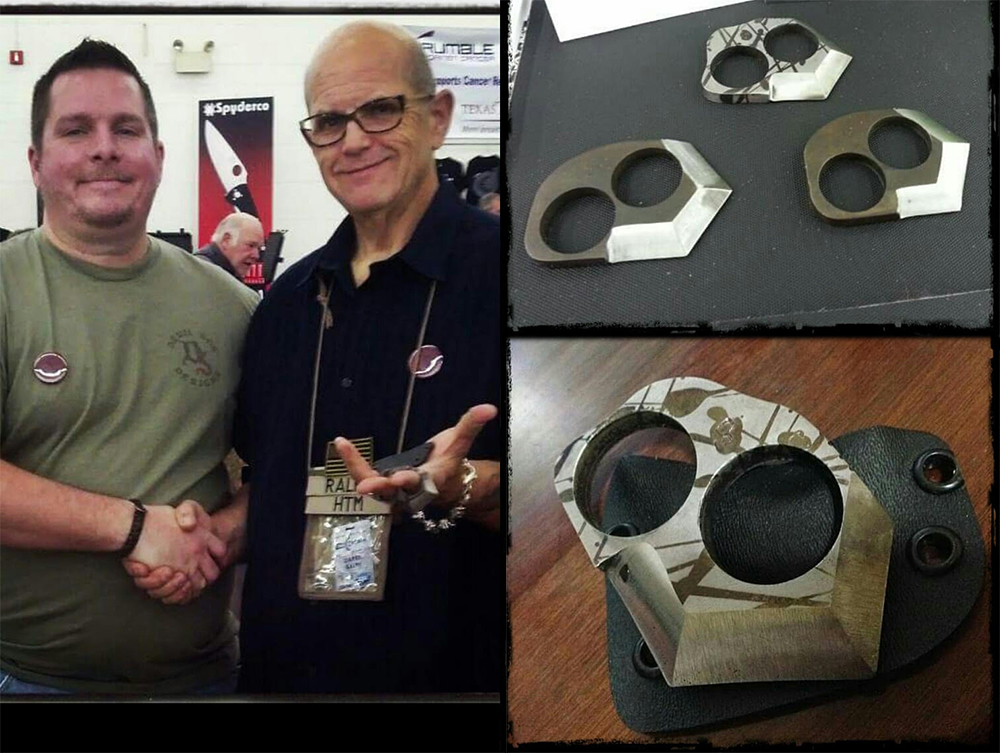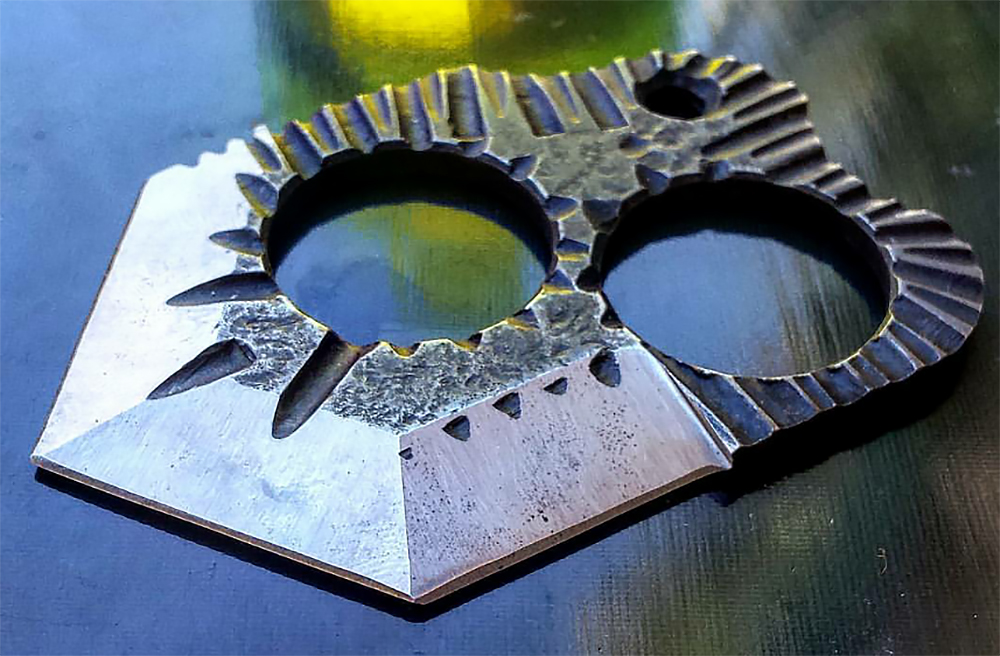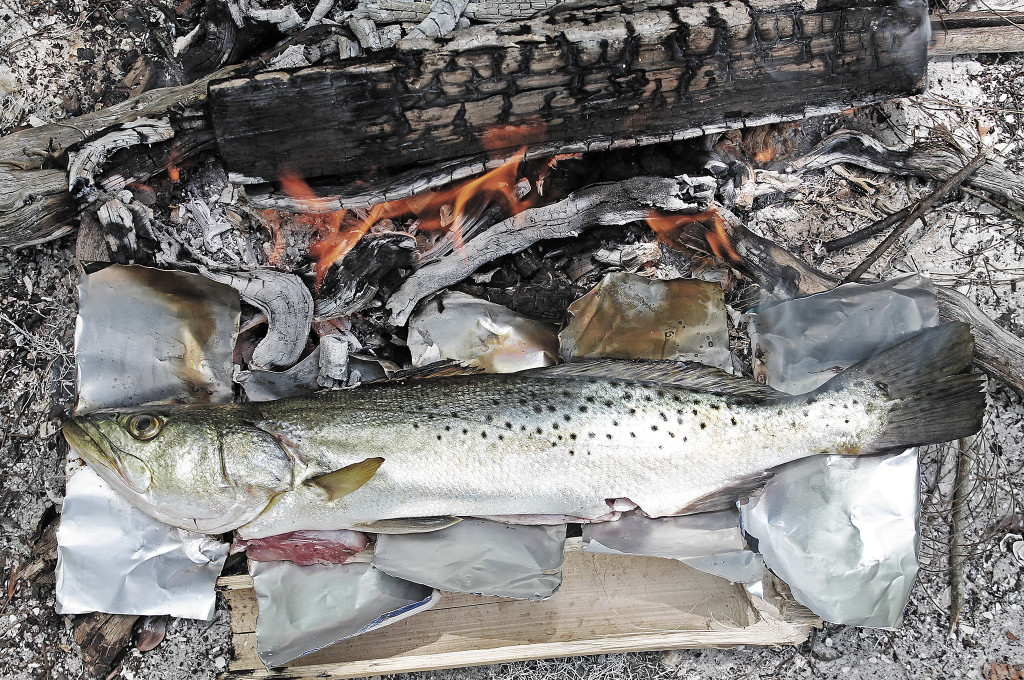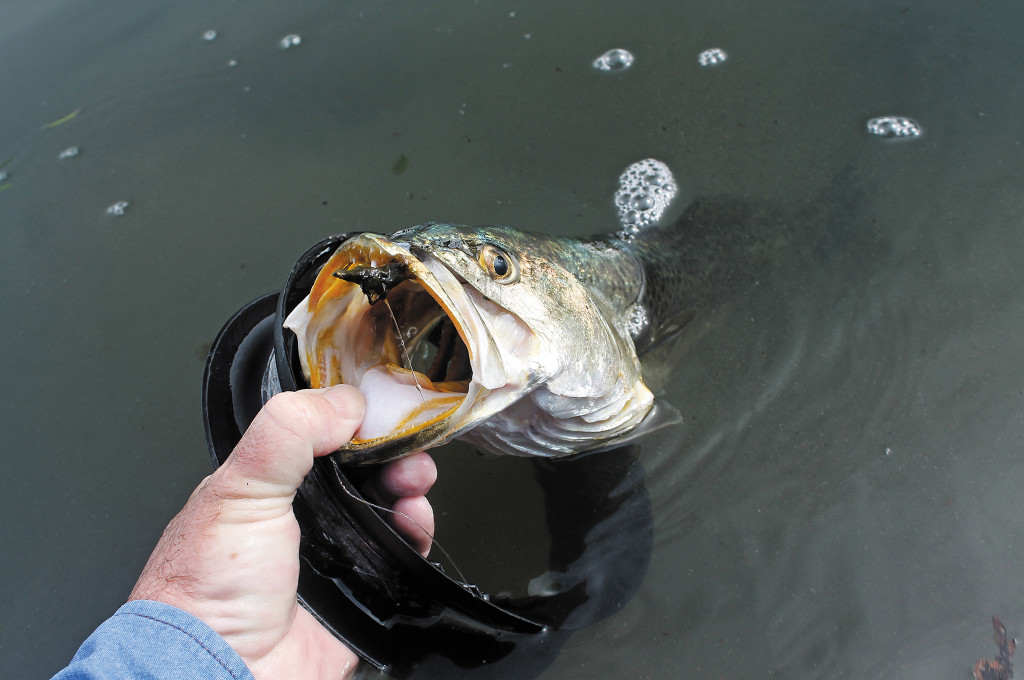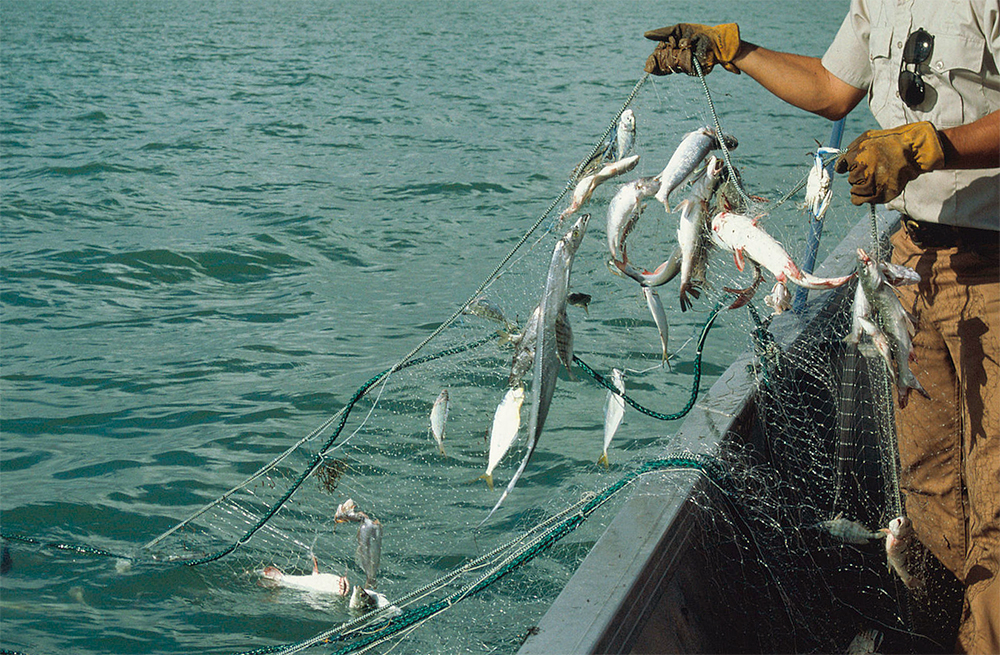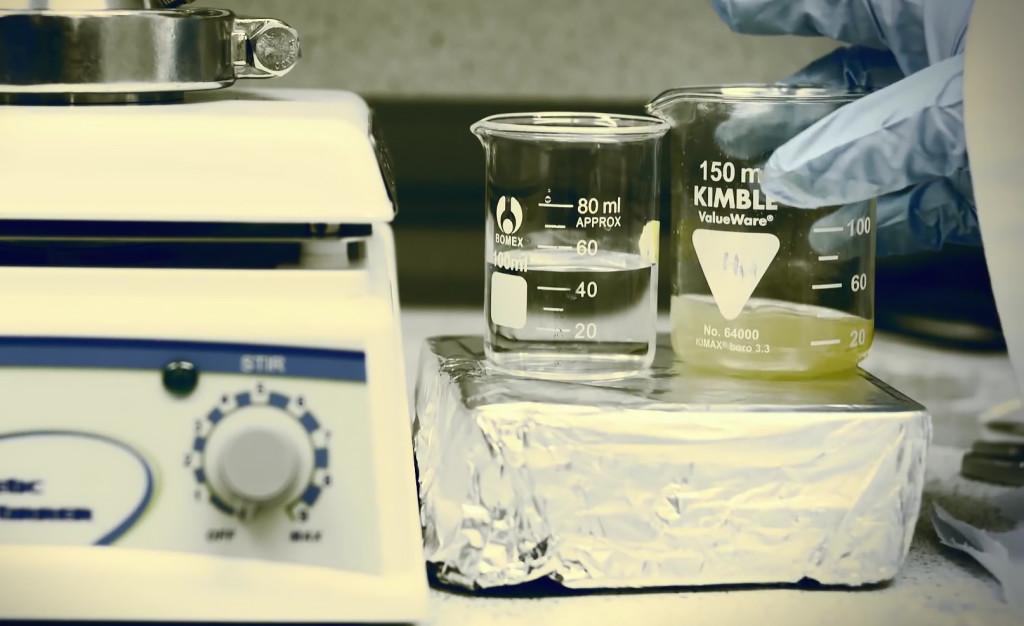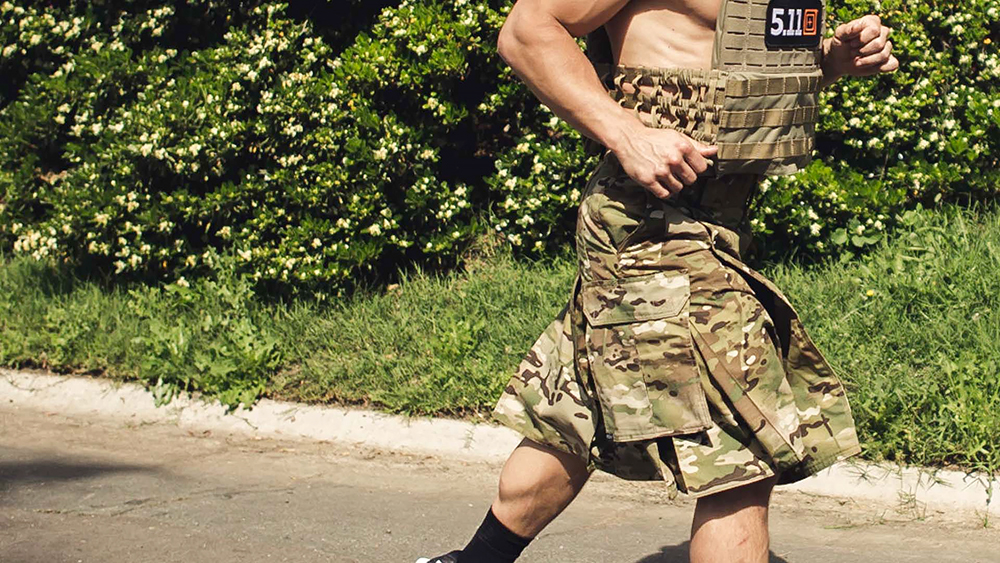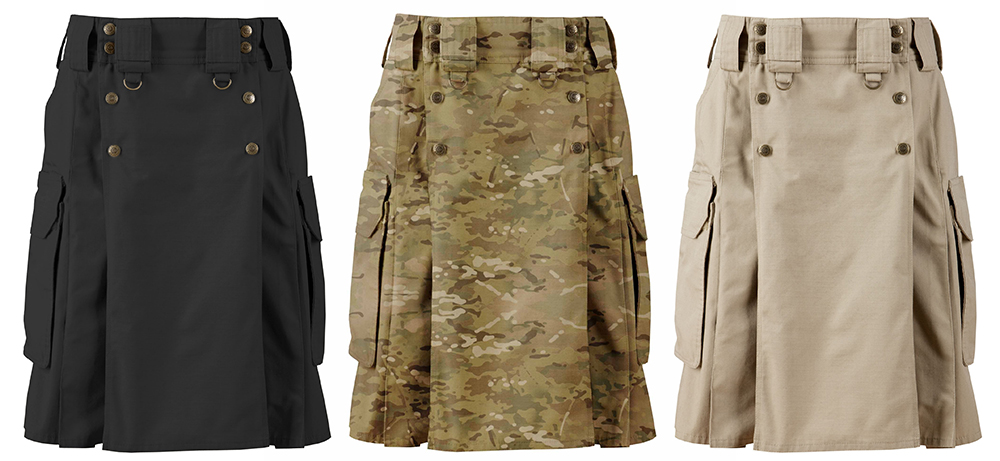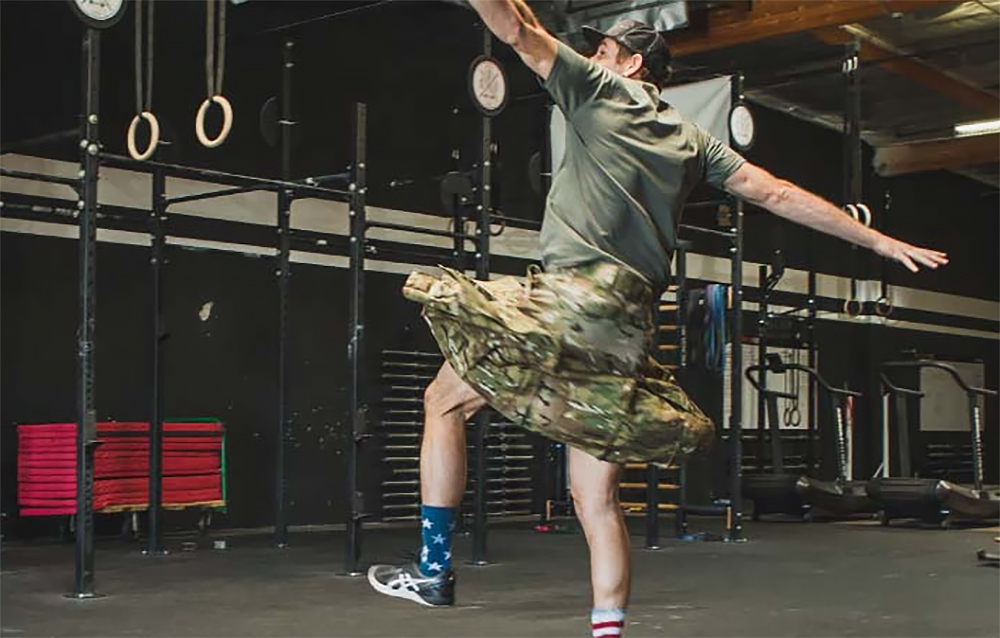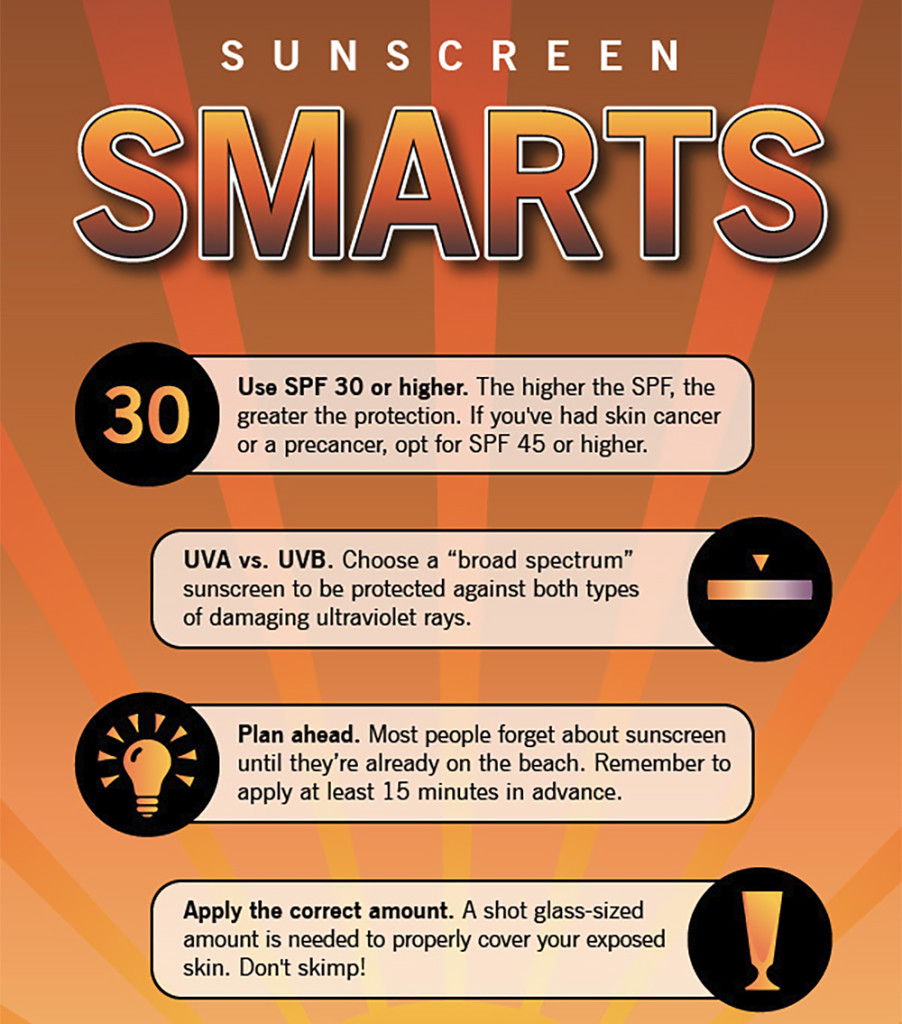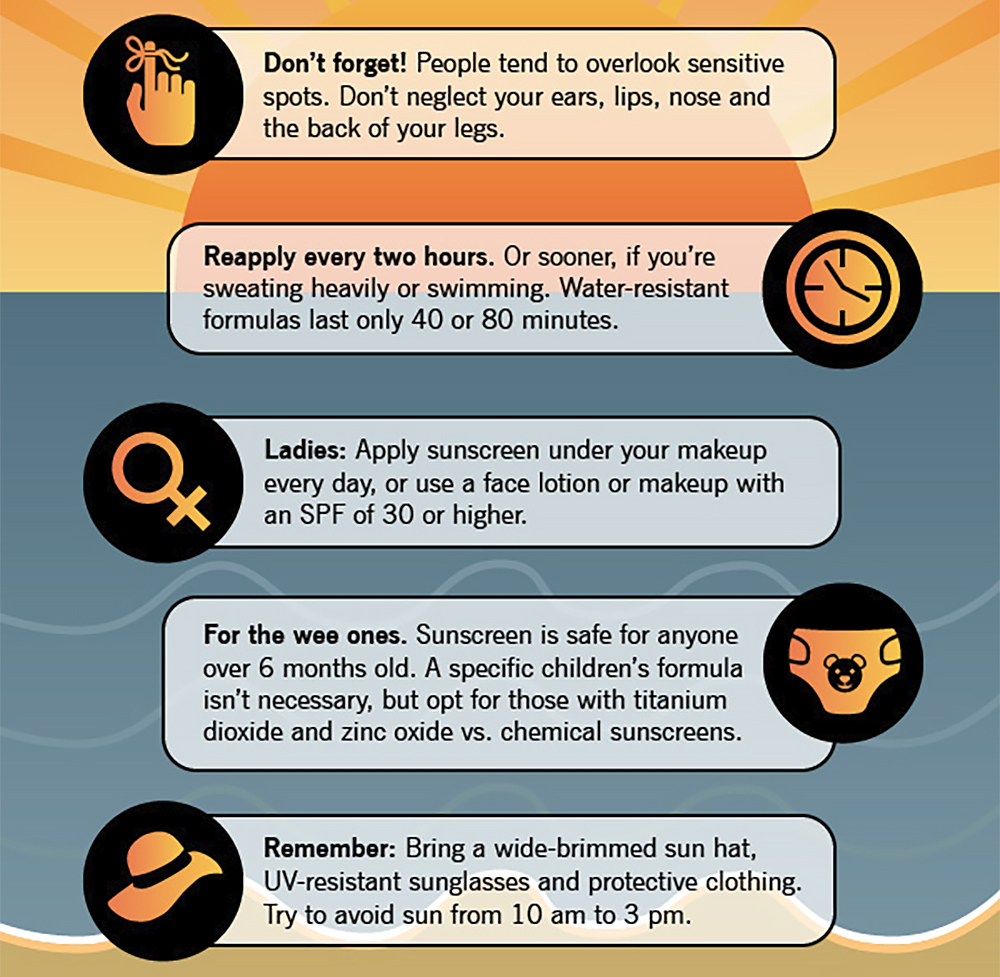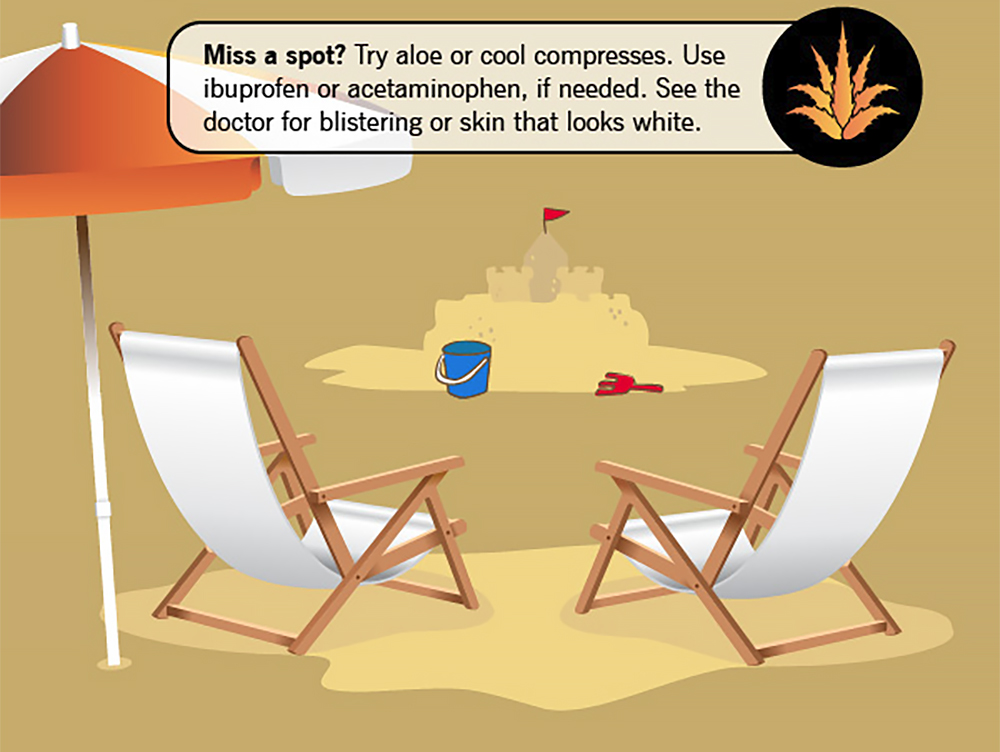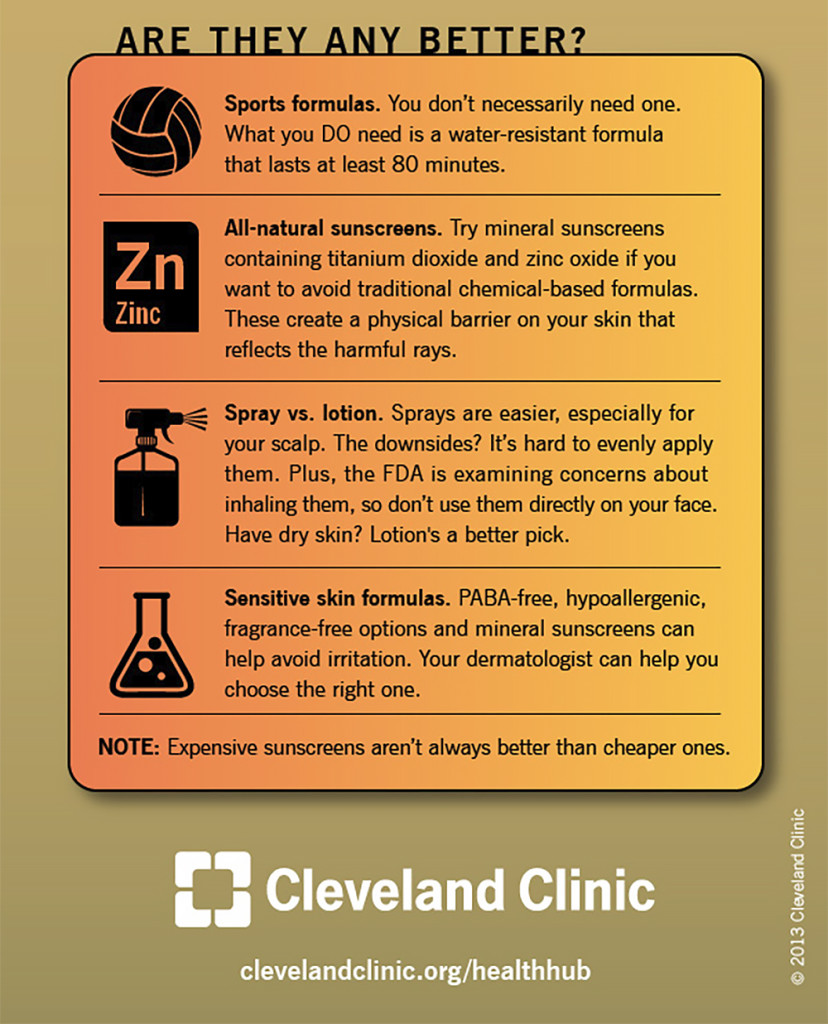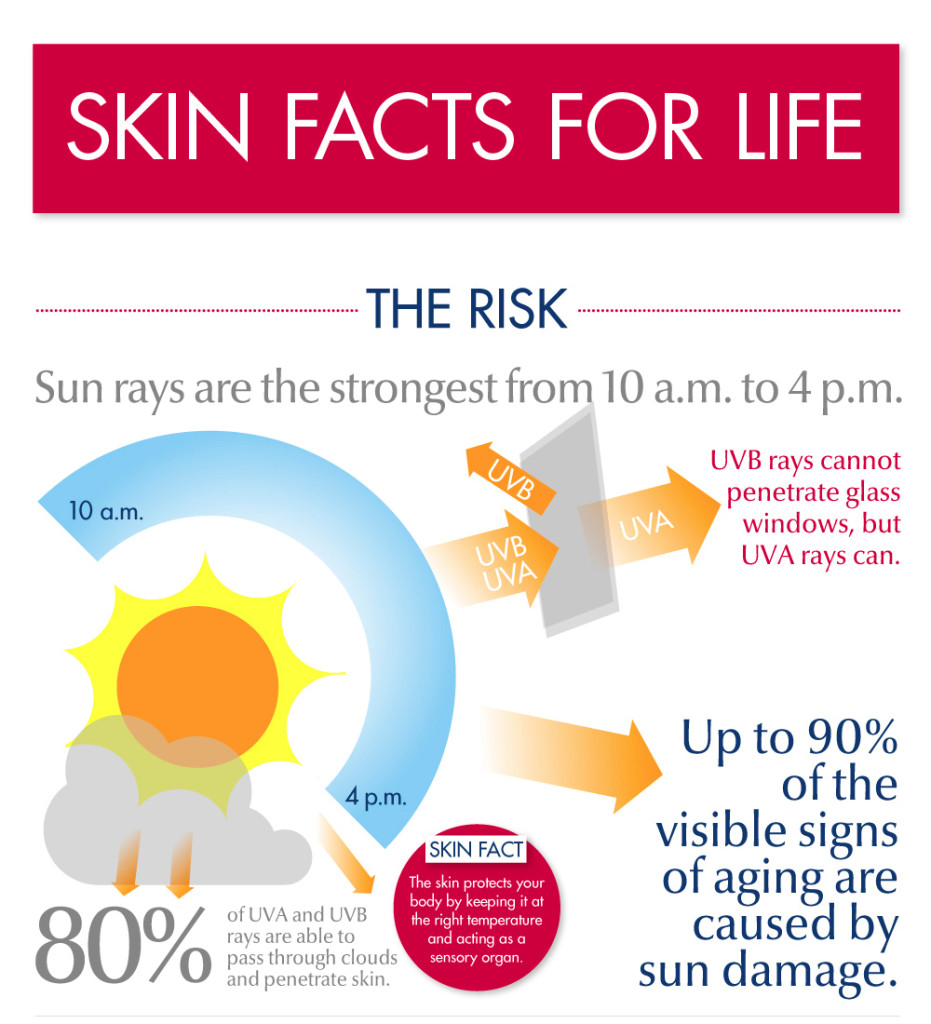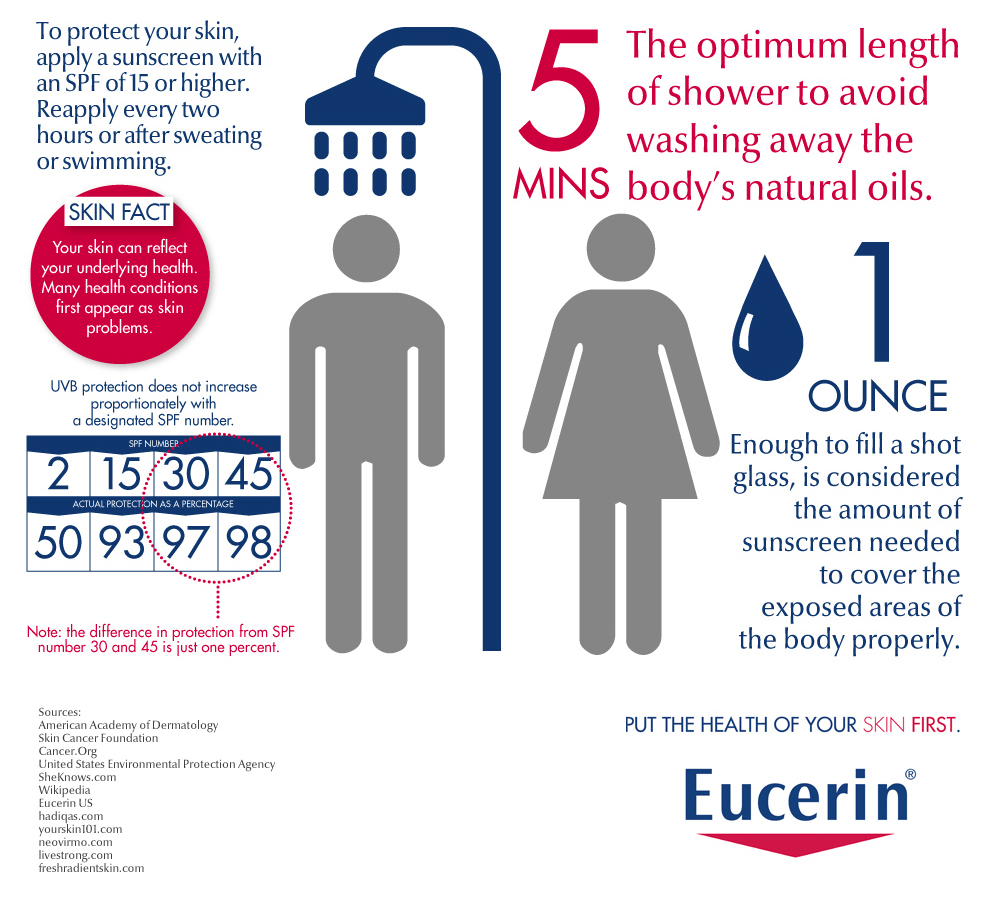In This Article
- The Setup
- Lesson 1: Know Your Surroundings
- Lesson 2: Use Social Engineering
- Lesson 3: Get Your Stress Inoculation
- Lesson 4: Create a Cache
- Lesson 5: Learn How Restraints Work
- Lesson 6: Blend into the Baseline
- Lesson 7: Use Disguises
- Lesson 8: Keep Walking (While Looking for Shelter)
- Lesson 9: Improvise Your Weaponry
- Lesson 10: Use Counter Surveillance
- Conclusion
- Hidden in Plain Sight
- Source:
- More From Issue 19
Photos by Mark Saint
Our feature “Bound & Determined” in the Summer 2014 Issue of RECOIL OFFGRID dealt with methods for escaping different restraints if you’ve been kidnapped. When we set out to research how to survive unlawful incarcerations, we discovered that there are very few subject-matter experts — at least known outside of covert circles. However, we lucked out when we interviewed Kevin Reeve.
Prior to founding onPoint Tactical, he studied under renowned survivalist Tom Brown, and much of his other skills came from what he calls “a misspent youth.” Reeve’s resume includes training military, law enforcement, and organizations at every imaginable level. You know, like three-letter governmental agencies.
Naturally, we jumped at a chance to learn directly from Reeve. In late 2016, RECOIL OFFGRID participated in his Urban Escape and Evasion Class and walked away with a renewed appreciation for those who’ve made it out of real life-threatening situations. Although nothing beats taking the program yourself, here we’re going to distill some of the top lessons that could mean the difference between life and death if you have to flee a dangerous area and avoid capture.
Think tourists who may have been in Turkey during the recent coup. Picture commuters on their daily route home when a riot erupts. Imagine a natural disaster in which emergency services are too overwhelmed to help you. It can happen. It does happen.
The Setup
One sentence in Reeve’s course outline is an attention-grabber: “Please be advised that upon entering the training facility, you will be entering a ‘safe-house in a foreign country,’ and the enemy will have surveillance in effect at all times.” The tension begins as soon as you arrive. You start looking at everyone (and the way they look at you) differently.
The course takes place over three days. The first two are primarily classroom lectures with homework that carries over into the evenings. The last day is the big test: You’re “kidnapped” and must escape from custody and remain undetected while fulfilling certain tasks at various checkpoints along the way to your rendezvous point. You spend a good 10, if not 15 miles, on foot — all while Kevin’s minions try to hunt you down and return you to the very beginning to start over.
Lesson 1: Know Your Surroundings
“L.A. County has 10-million people, about 180,000 known gang members, and about 22,000 active police officers,” Reeve posits to the class. “There are roughly 92,000 hospital beds, with usually 70 percent of those filled at any given time. Imagine what would happen if an earthquake along the lines of Hurricane Katrina-level damage happened here. People are always nine meals away from anarchy.”
Being reminded of these facts reaffirmed our belief that those who criticize our devotion to prepping (as well as people who insist that tougher gun legislation will reduce crime) aren’t living in the real world.
“Roughly half the deaths during Katrina were victims of gun violence,” Kevin continues. “The police went home. They had families of their own to take care of. Those left behind were preyed upon mercilessly. Don’t assume the government will protect you. You have to rely on yourself.”
So what should you do? First, be proactive.
Gather intel on a location you might be visiting, such as demographics, safe and dangerous areas, road infrastructure, emergency response times, and transportation systems. Consider places that offer government services and the quality thereof. Is a police station in the foreign country you’re visiting as legit as they are in the USA? Are there nearby locations that offer free Internet, like a library? How many hospitals are in your vicinity? The more you research this info ahead of time, the better off you’ll be.
When you’re traveling, the enemy already has home-field advantage, you don’t.
Lesson 2: Use Social Engineering
The notion of using social engineering to manipulate people into giving you something you need in a desperate situation was another important part of the coursework. One of our practice assignments was to use social engineering tricks on a random person. I stayed at the hotel where the class was held and hustled the staff to finagle a new room. I won’t tell you the angle I used, but no matter what the situation, you have nothing to lose by asking. What’s the worst that can happen? People say no and you try again.
This concept is put to the test on the last day when you’ll be required to talk to strangers into giving you things in an area known for its homeless population, so people are understandably suspicious. Learn to get out of your comfort zone and shake the guilt of asking for something for free. Start practicing now. Pretend you’re one of those people trying to sign shoppers up for Direct TV. It might save your life.
Lesson 3: Get Your Stress Inoculation
By now you’ve read many articles in this magazine explaining how people don’t rise to the occasion, but rather sink to the level of their training. One of the biggest things that gets people killed is panic. If you haven’t trained realistically, you’ll act the same way under stress. An escape-and-evasion scenario is one of the most stressful situations you can encounter. The higher your heart rate gets, the more your cognitive and fine-motor skills deteriorate.
The mock kidnapping we experienced began when we entered a room with a group of hooded individuals in one corner, lots of torture devices on display, and plastic sheeting on the floor where the students are told to sit. If that weren’t enough, our heads were covered with pillowcases, we were bound with restraints, and interrogated aggressively. We got shocked (and listening to others being shocked), heard chainsaws being turned on, were sprayed with water, and had a trash bag put over our head. Trust us, this experience was not fun.
In a kidnapping situation you have to assume you’re going to die and compliance won’t save you. The only things you should be thinking about are how to stay calm and what you can do to escape. Don’t fall victim to Stockholm Syndrome. Stay focused, practice drills, and try to keep your breathing deep, slow, and consistent.
Lesson 4: Create a Cache
Building and hiding a cache is key and plays into how well you can get to know your surroundings. The contents are up to you, but it’s all about what you’d need in a desperate situation: food, money, weapons, water, a medical kit, etc. Use leak- and corrosion-resistant vessels to house the contents: Ziploc bags, ammo cans, PVC pipe with capped ends, or 5-gallon buckets.
Create more than one and stash them where they won’t be discovered by others but in a location you’ll be able to relocate easily. You think this should be easy, right? We thought so, too. We were wrong.
Our class was given a practice assignment. We were each provided a box with a set of handcuffs inside. Reeve asked us to hide the empty box somewhere nearby.
During our lunch break on the first day, we found a restaurant down the street where I hid the box at the base of a billboard near the parking lot and covered it with dirt. It seemed inconspicuous enough. When we returned the next day, lo and behold, the box was gone. Our photographer informed us that when we got out of the truck, he noticed a guy in the parking lot had taken a particular interest in our actions. Apparently, we didn’t look or act as discrete as we had thought.
Lesson 5: Learn How Restraints Work
We spent a good portion of the course discussing techniques to remove handcuffs, how to break out of flexi-cuffs, and how to free yourself if you’ve been bound by duct tape or rope. Research shows these are the most common forms of restraint used by kidnappers, but there are plenty of ways to escape using what’s at your disposal. Again, it takes practice.
We also delved into techniques on how to pick locks. I’ll never look at a Master Lock or basic door lock the same way again. It’s amazing how much of a false sense of security these items create for those who don’t know how easy they are to defeat. With just a few simple tools or everyday items that you could easily fashion into a lock pick, bypassing the average door or car lock is not terribly difficult.
While you might think a deadbolt on your front door is all that’s needed to protect you, those who commit home invasions know how many seconds it’d take to get through one and be inside.
Have redundancies for your home security measures.
Lesson 6: Blend into the Baseline
Just like every song has a tempo, every environment has a unique vibe or “baseline” to it. Paying close attention to the way people dress, walk, talk, and act is critical if you want to blend in with the local populous.
What are the movement patterns like? Does your gait and appearance assimilate easily into a city or country you’re unfamiliar with?
Reeve says that one of the top reasons students are spotted by his trackers during the final test is that they’re out of baseline — the normal pace and appearance of the general public in a particular area. If you’re rushing through a crowd and constantly looking behind you, guess what? You look suspicious and won’t probably don’t blend into your surroundings. Spend some time observing the public when you’re in a new location. If you need to blend in, start by identifying the patterns you see.
Lesson 7: Use Disguises
Reeve talked about people who usually go “unseen.” Hookers and street people are noticeable, however, you tend not to stare at them, lest you provoke a nasty response. Service people, such as mailmen or construction workers, are usually written off as part of the environment.
How often do you give the aforementioned types of people a second look? Something to think about if you’re trying to become “invisible.”
Another facet of changing your appearance is creating a fake ID or having something that acts as a “scepter of authority.” There are actually apps that can help you do this. If you look the part and act the part, people are often gullible enough to believe what you say and not question you, particularly if you have some official-looking symbol.
Most of us are all too anxious to avoid confrontations with those who we think “outrank” us. You should exploit the hell out of this situation if it means saving your life. Having confidence in your role is also part of your disguise. Try practicing this on friends. You might be surprised how much little nuances, such as acting like an authority figure, altering your voice, and minor appearance changes can fool people who know you.
Lesson 8: Keep Walking (While Looking for Shelter)
One thing Kevin said that really stuck was “movement is life” during a catastrophe. Also, people tend to take the easiest route to get where they’re going, he added. So, during the final test, assuming the kidnappers were combing the main thoroughfares, we took a lot of side streets to get to the class’s required checkpoints.
Don’t stay stagnant in an escape-and-evasion situation. Keep moving. You may have to find a location to hold up for a night, so keep an eye on places that’d serve this purpose. Even if it’s nothing more than a public restroom that doesn’t get much traffic, it’s better than nothing. Keep an eye on structures that appear abandoned or under construction that’d work as temporary shelter if you’re traveling abroad.
Assuming you’ve studied daytime movement patterns enough, as long as you match the baseline, you’ll remain invisible.
Your escape-and-evasion priorities should be immediate security, medical attention, protection, physical needs, communications, and transit to safety. Whatever you can do on the move, do it. A dogcatcher can only catch a dog if it’s cornered or immobile.
Lesson 9: Improvise Your Weaponry
How to select and prioritize your gear, as well as improvising with what you have, was another point of discussion. You’d be surprised how much junk is lying around in a major city and can be converted into a striking or stabbing implement. Just take a walk around the parking lot of a restaurant and you’ll see what we mean.
Look near trash enclosures and construction sites for the really good stuff. Other small items may not be suitable as weapons, but can help you break out of restraints. Finding a bobby pin, paperclip, or empty soda can goes a long way when you need to cut through something or pick locks.
Lesson 10: Use Counter Surveillance
Learning to spot suspicious behavior and people following you can help you devise “disinformers” to throw them off. Look for suspicious vehicles cruising the area repeatedly. Trust your gut if something about them appears unusual. Broken down and parked vehicles with people gathered around or sitting inside, or individuals loitering nearby, might be an indication that you’re being watched, particularly if you’re in a foreign country.
Check the rearview mirror often when you’re driving. Do not take the same path to and from your destination each day.
Are cars following you for more than a few miles? Make multiple stops and direction changes to eliminate the possibility of coincidence. Be aware of this, even in your own hometown. Home invasions often begin with the enemy picking soft targets who are oblivious to anyone following them and gathering intel on their living situation.
If you think someone is following you, drive to the nearest police station and pay attention to the license plate number. Leave enough space between your vehicle to see where the tires of cars in front of and behind you touch the ground. This will enable you to switch lanes easily if someone tries to box you in. Never get out of your vehicle, unless you’re the victim of a carjacking and can run. You’re sitting in a 3,000-pound weapon and can use it as such if a mob tries to attack you. Look into evasive driving courses as a way of enhancing this skillset.
Conclusion
Reeve and onPoint Tactical travels the country holding a variety of courses. Our particular class was an amazing experience and provided us a wealth of potentially life-saving knowledge. As Reeve would say, “The only way out is through.” A real-life survival situation is not the place to practice — courses like these are.
The more you rehearse skills like these, the better your odds are if you’re in an area where the rule of law disappears or you’re kidnapped. You can live in denial about the likelihood you’ll ever be in a dangerous situation, but those who choose to do so become statistics. This would be a great way to introduce friends or family to the importance of prepping/survival and do it in an informative and exhilarating way.
Oh, and for those keeping score, we did indeed pass the final test by escaping our restraints, hitting every checkpoint, and making it to the rendezvous site without being detected. It gave us renewed confidence in what we did know, but also reminded us how much we still need to learn.
Hidden in Plain Sight
No one plans to be kidnapped, but at least your apparel can give you an edge if you’re ever put in that situation. Wazoo Survival Gear let us borrow one of its Cache Belts for onPoint Tactical’s Urban Escape and Evasion Class. Not only does it look innocuous, but the hidden pocket contains lots of tools that’ll help you escape. A plastic handcuff key, wire saw, compass, ceramic knife, Ferro rod, and bandages are just a few of the items it comes with. We ran the course wearing this, and it wasn’t cumbersome at all. Something to think about, especially if you’ll be traveling into potentially hostile territory.
www.wazoosurvivalgear.com
Source:
onPoint Tactical
www.onpointtactical.com
More From Issue 19
Don’t miss essential survival insights—sign up for Recoil Offgrid’s free newsletter today!
- All Tied Up: 10 Easy Survival Knots
- Book Review: “The Final Day” by William Forstchen
- Debunked: The Myth of the Retrofitted EMP-Proof Vehicle
- What If an EMP Rendered Your City Technologically Helpless?
- Portable Lumberjack: Pocket Hatchet Buyer’s Guide
- A Primer on Pocket Hatchets & Proper Technique
- 10 Lessons From an Urban Escape and Evasion Class
- Dehydrated Food Taste Tests – Dehydrated Delights
- Big-Battery Flashlights – Highlights
Read articles from the next issue of Recoil Offgrid: Issue 20
Read articles from the previous issue of Recoil Offgrid: Issue 18
Check out our other publications on the web: Recoil | Gun Digest | Blade | RecoilTV | RECOILtv (YouTube)
Editor’s Note: This article has been modified from its original version for the web.


